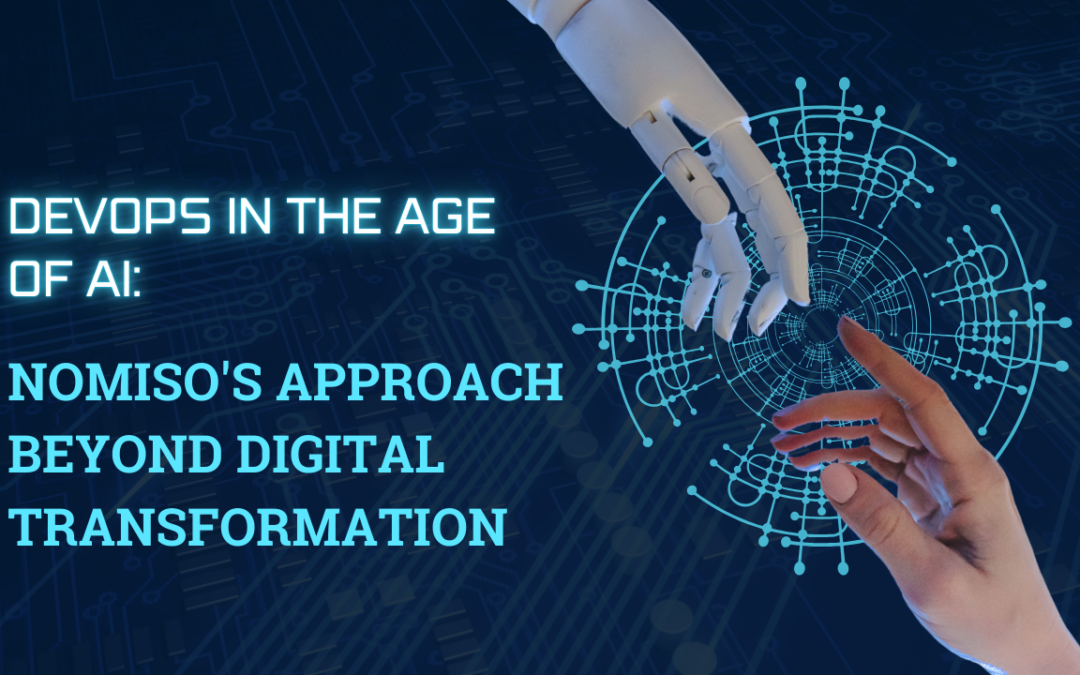In today’s digital era, organizations are not only tasked with harnessing the potential of their data but also with ensuring compliance with strict regulations such as the General Data Protection Regulation (GDPR). This article delves into how companies can seamlessly integrate GDPR compliance into their data engineering and analytics initiatives, offering GDPR Compliance as a Service (GDPR-CaaS) to drive business success.
The GDPR Challenge:
The company faced the intricate landscape of GDPR compliance, aiming to safeguard the privacy and rights of individuals within the European Union. The challenge extended beyond mere compliance; it was about transforming compliance into a value-added service for all company divisions and clients.
Establishing a GDPR-CaaS Framework:
The company embarked on a journey to make GDPR compliance a service by embedding it within their data engineering and analytics framework:
- Consent Management: Utilizing tools for effective consent management to ensure transparent and explicit user consent for data processing.
- Data Subject Rights: Implementing mechanisms to address data subject rights, enabling individuals to access, rectify, or erase their personal data.
- Data Protection Impact Assessments (DPIA): Conducting DPIAs as standard practice to assess and mitigate data protection risks.
Data Engineering for GDPR-CaaS:
The company integrated GDPR compliance principles into their data engineering processes:
- Pseudonymization and Encryption: Employing techniques like pseudonymization and encryption to safeguard sensitive data during storage and processing.
- Right to be Forgotten: Implementing automated processes to identify and erase personal data upon request, ensuring compliance with the “right to be forgotten.”
Unified Data Model with GDPR Focus:
The unified data model was expanded to explicitly integrate GDPR considerations:
- Data Classification for GDPR: Categorizing data based on GDPR requirements to facilitate efficient management and control.
- GDPR Metadata Integration: Embedding GDPR-related metadata directly into the unified data model for enhanced traceability.
Analytics for GDPR-CaaS:
The company approached analytics with a GDPR-CaaS mindset:
- Anonymized Reporting: Developing anonymized reporting mechanisms to deliver valuable insights while protecting individual privacy.
- Automated Compliance Audits: Implementing automated audit trails and compliance reports to demonstrate adherence to GDPR requirements.
Architecture:
The company adopted a cloud-centric architecture, leveraging platforms like AWS for scalability and flexibility. The data lake, built on Amazon S3, served as the central repository, enabling seamless integration of GDPR-CaaS measures into the data engineering and analytics processes. Containerization with tools like Docker and orchestration with Kubernetes ensured consistent deployment across environments.
Constraints:
Despite advancements in cloud technologies, the company faced challenges related to data residency requirements. Ensuring that data processing and storage complied with GDPR constraints, especially concerning cross-border data flows, necessitated meticulous planning and adherence to local regulations.
Assumptions:
The company assumed that its GDPR-CaaS framework aligned with evolving regulatory interpretations and updates. Assumptions also included a positive response from clients to the enhanced data privacy measures, leading to increased market share.
Risks:
Key risks involved potential changes in GDPR regulations that could impact the established framework. The company also identified the risk of data breaches, emphasizing the need for robust security measures. Adverse reactions from clients to the GDPR-CaaS service were also acknowledged.
Tool Stack:
The company deployed a comprehensive tool stack:
- Data Engineering: Apache NiFi for data ingestion, Apache Spark for processing, and Apache Flink for real-time analytics.
- Data Storage: Amazon S3 for the data lake, ensuring durability and scalability.
- Governance and Compliance: Collibra and Alation for data cataloging, along with tools for automated compliance reporting.
Conclusion:
The company exemplifies how GDPR compliance can evolve from a regulatory burden into a value-added service through seamless integration with data engineering and analytics. By adopting a GDPR-CaaS framework, organizations can not only navigate the complexities of data sovereignty but also gain a competitive edge in the market. The company’s journey serves as a compelling example for companies aiming to transcend mere compliance, turning regulatory adherence into a strategic business advantage in an era where data privacy is paramount.











